
In European portraits of the 1600s, children of the era resemble miniature adults. Little girls wear gowns similar to their mothers' and little boys appear to be smaller versions of their fathers. The quality of the fabric depended on the status and wealth of the parents. Indeed, clothing was a gauge of a family's means and status. Consequently, children were dressed to reflect their parents' place in society.
Infants
Both male and female infants wore a long-sleeved gown that covered their legs. To keep their heads warm, babies wore a wool or linen cap called a "biggin" tied under the chin. As a baby began to toddle, "leading strings" were attached to the child's gown and used to keep him from falling over. Padding known as "pudding" was wrapped around the child's forehead so that if he fell and bumped his head, he wouldn't be seriously injured.
Boys
As they neared school age, little boys wore a doublet, or fitted jacket, over a shirt and wool petticoats. When the parents felt the time was right, a boy would begin to wear pants -- or breeches. This was referred to as "breeching" and signaled a change in a boy's status when he would begin to spend more time with his father. Under their breeches boys wore tights, which were tied with ribbons to keep them from falling down.
Girls
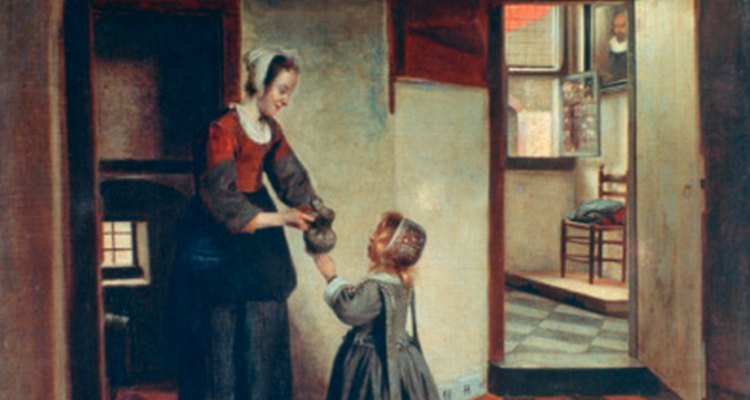
Little girls continued wearing a bigger version of their nursery gown until they reached about 7 years of age. At that age, a girl donned a boned corset over her chemise -- an undergarment similar to a full slip. Over the corset, girls wore a waistcoat, which resembled a boy's doublet, fitted and typically made of heavy cotton or wool. Beneath the corset and waistcoat, a girl wore one or more petticoats, which provided warmth in cold weather. Finally, girls wore stockings held up by garters.
Boys and Girls
Boys and girls of all ages wore pinafores, or aprons, to protect their clothes from getting dirty. Pinafores were typically made of linen, either plain or finely embroidered. Older boys might wear a shorter version made of leather. Boys and girls also wore linen collars, sometimes trimmed in lace. To top off an ensemble, a boy wore a woolen cap or wide-brimmed felt hat. Girls wore a felt hat over a linen "coif," which was a cap that fit over their pinned-back hair.
Related Articles

School Clothes in the 1900s
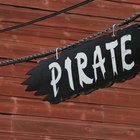
What Do Women Pirates Wear?
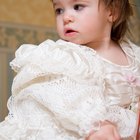
Children's Clothing of the 1800s

Children's Clothes in 1915

What Did Men Wear During the ...

Children's Clothes in 1910
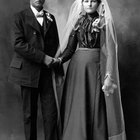
Farmer's Wife's Clothes in the 1800s
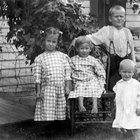
Children's Clothing From the 1920s
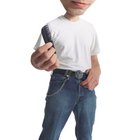
What Did Men Wear in the '50s?
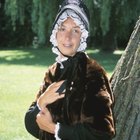
A Description of What the Puritans Wore
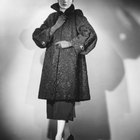
1958 Men's and Women's Dress Styles

Irish Clothes of 1850
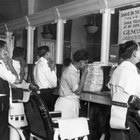
Men's Fashion of the 1930s
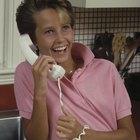
What Did Kids Wear in the 80s?

School Uniforms in the 1940s

Children's Clothing in the 1900s

What Teenagers Wore in the 1940s
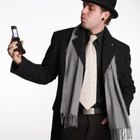
What Are Bowlers, Bonnets, Beanies & ...

Letterman Jackets in the '50s

What Did Teenagers Wear in the '60s?
References
Writer Bio
Karen Clark has been writing professionally since 2001. Her work includes articles on gardening, education and literature. Clark has also published short literary fiction in the "Southern Humanities Review" and has co-authored a novel. Her professional experience includes teaching and tutoring students of all ages in literature, history and writing. She holds a Bachelor of the Arts in political science and a Master of Fine Arts in writing.
Photo Credits
Photos.com/Photos.com/Getty Images